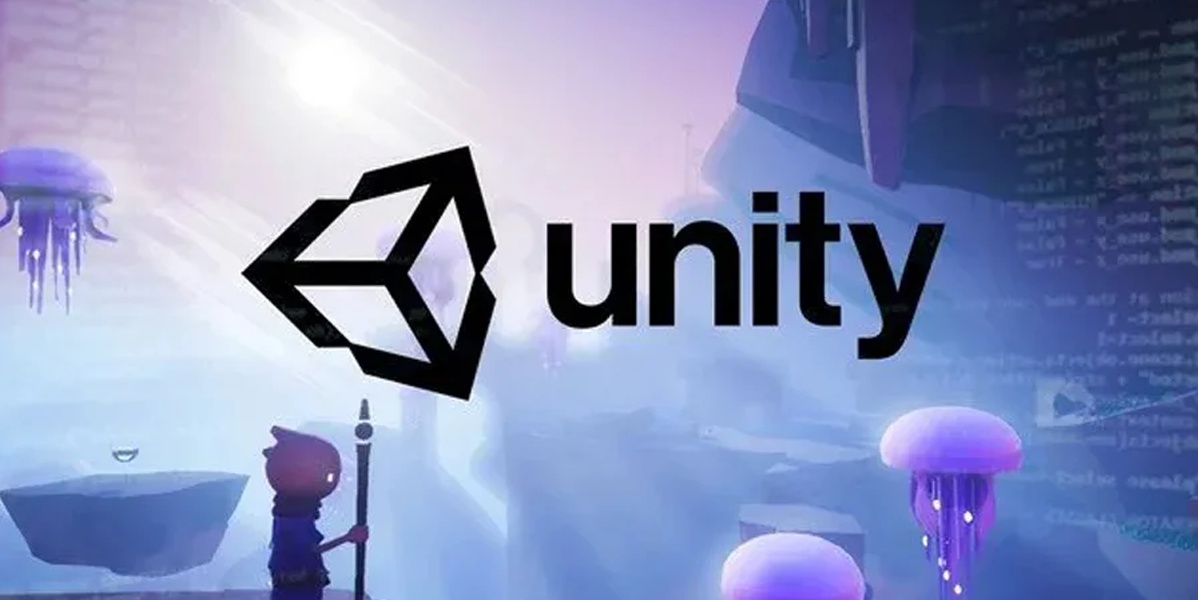
Unity Courses & tutorials in game design
Perfect for beginners and aspiring game developers, this course teaches you to create immersive 2D and 3D games.
10 Weeks
22 H
4.5
COURSE OUTLINE :
-
What is Unity?Unity is a cross-platform game engine used to develop 2D, 3D, virtual reality, and augmented reality applications. It provides tools for game development, including rendering, physics, scripting, audio, and more.
-
Describe the Unity interface.The Unity interface consists of various panels such as the Scene view, Game view, Hierarchy, Project, Inspector, and Console. These panels allow developers to view and edit different aspects of the game, such as objects, scenes, assets, and scripts.
-
What are game objects and components in Unity?Game objects are the fundamental entities in Unity's scene hierarchy, representing characters, props, cameras, lights, etc. Components are attached to game objects to define their behavior and properties. Examples include scripts, colliders, rigidbodies, and renderers.
-
How is scripting done in Unity?Unity supports scripting in C#, which is a popular programming language for game development. Developers write scripts to define the behavior of game objects, interactions between objects, game mechanics, and more.
-
How does Unity handle physics simulation?/span>Unity uses a built-in physics engine for realistic physics simulation in games. Developers can add colliders and rigidbodies to game objects to enable collision detection, gravity, friction, and other physical interactions.
-
How is animation created and managed in Unity?Animation in Unity is created using the Animation window or Timeline tool. Developers can animate game objects by keyframing their properties such as position, rotation, and scale. Animation clips are then managed and played using Animator components.
